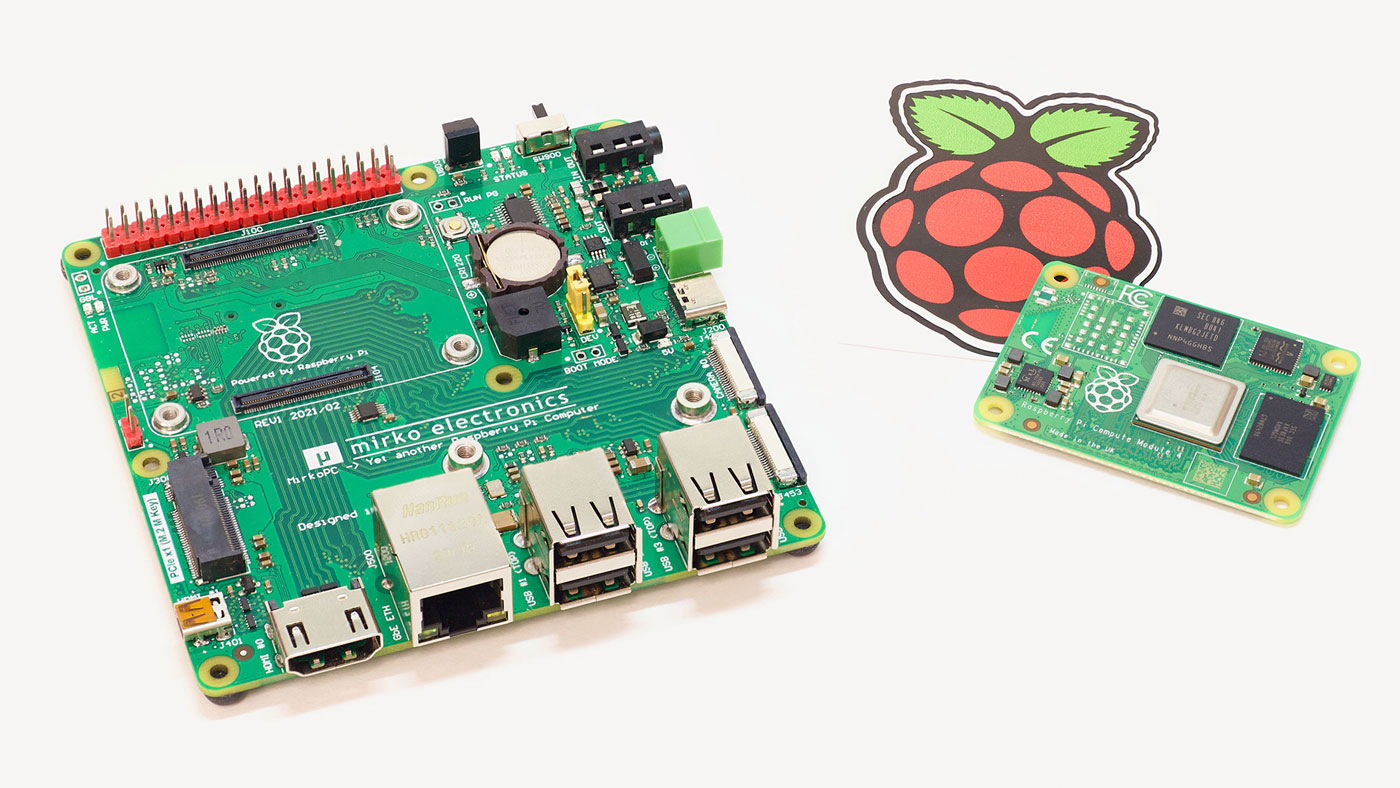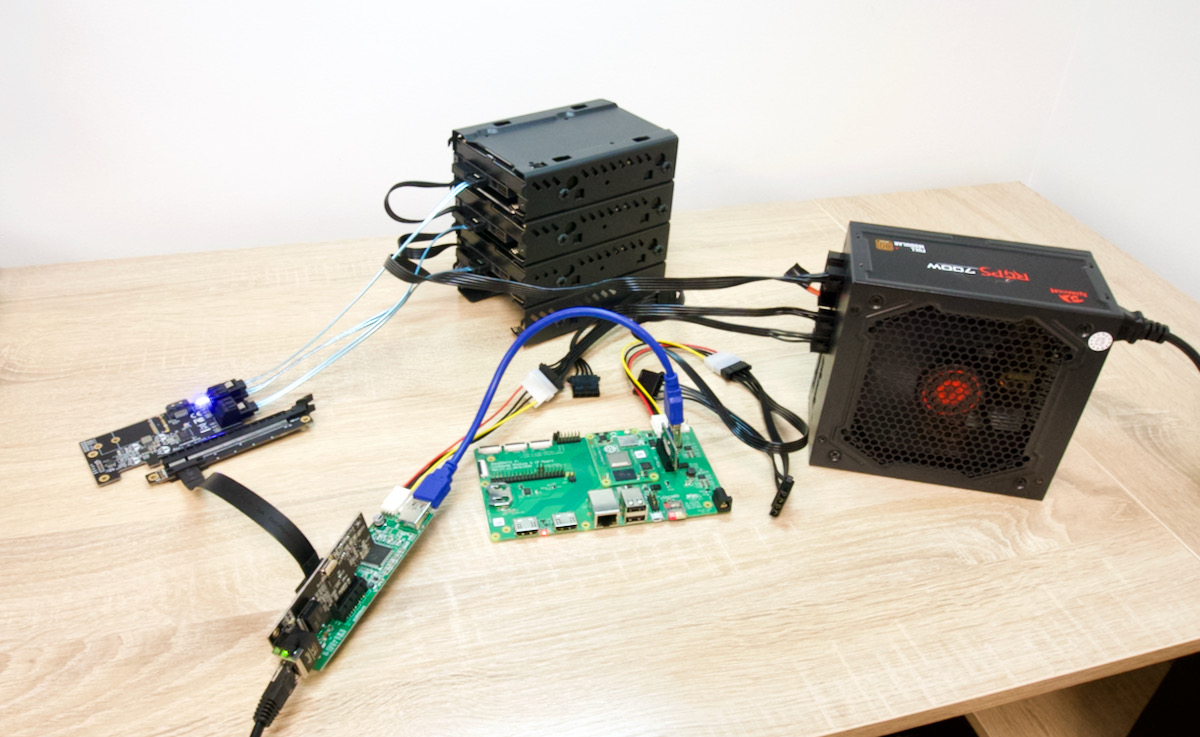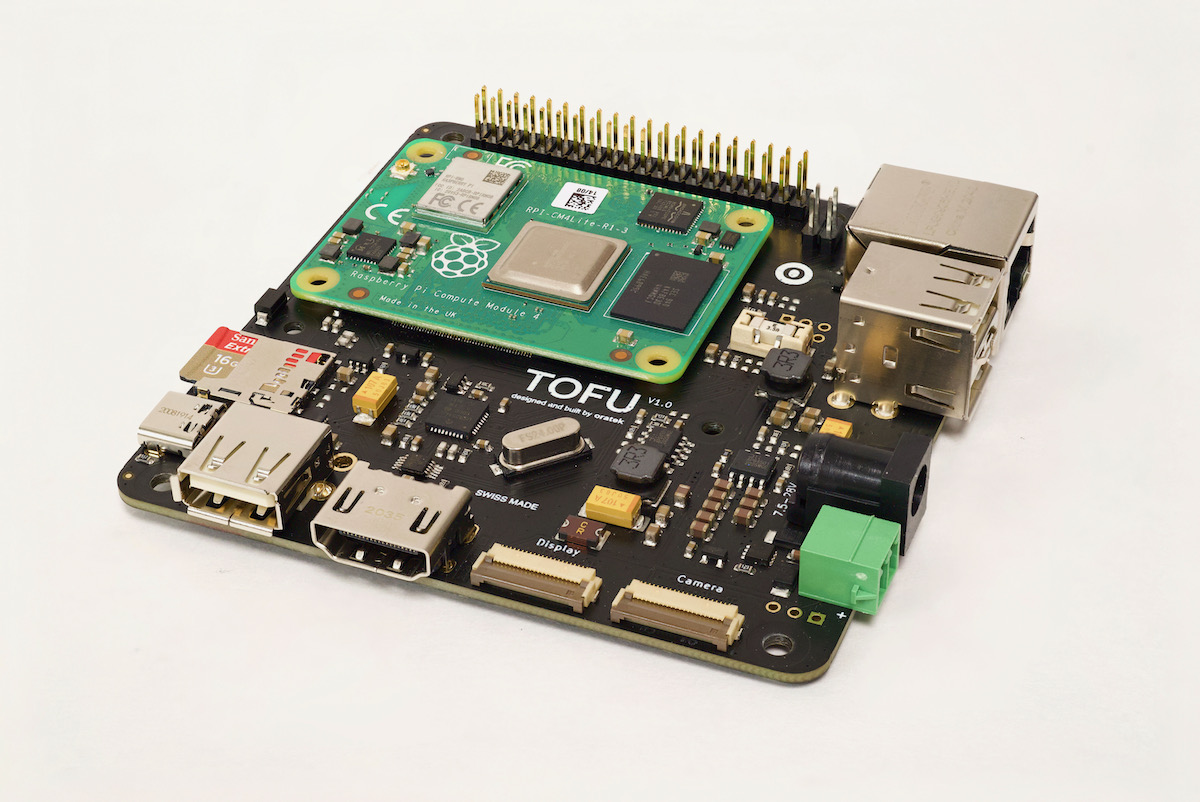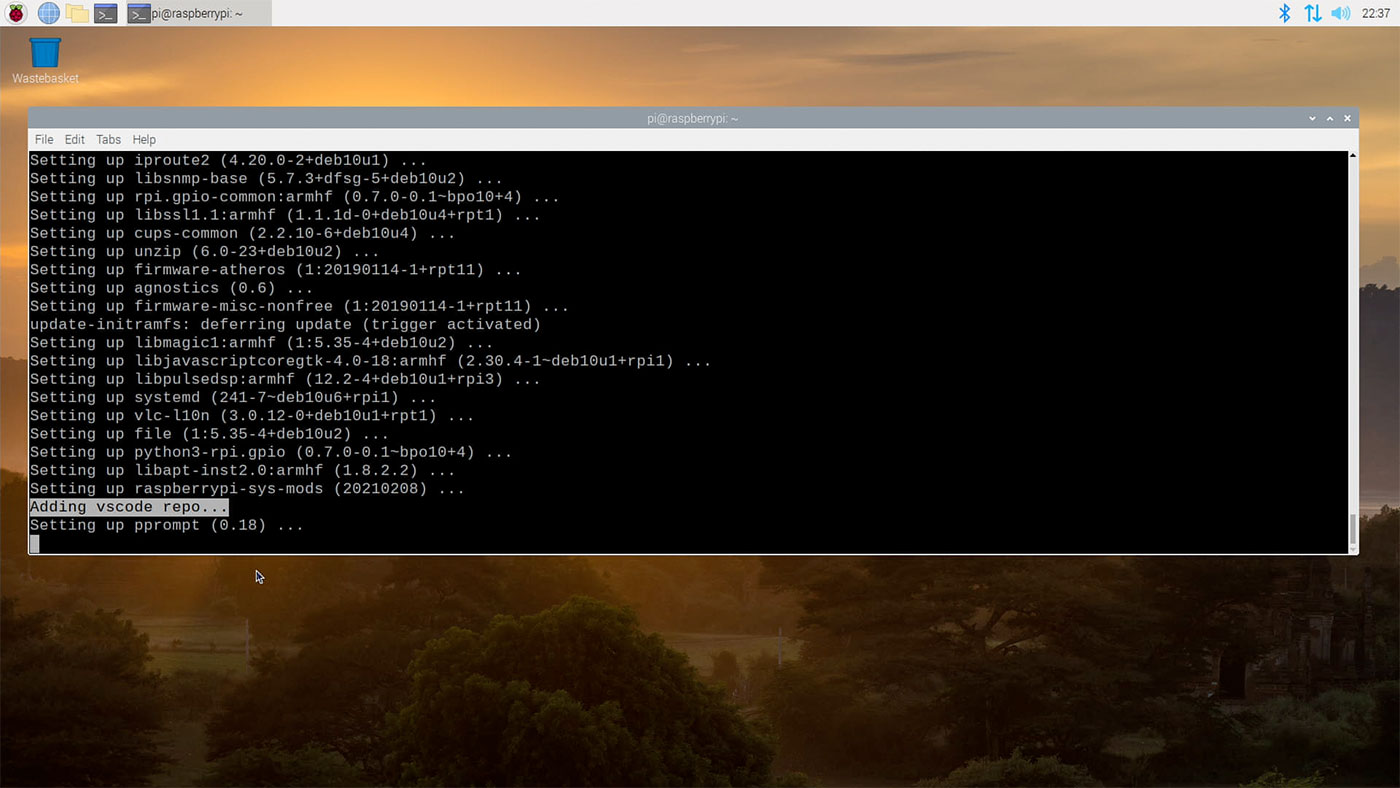MirkoPC - a full-featured Raspberry Pi desktop computer
The MirkoPC is so far the closest thing to a full-fledged Raspberry Pi desktop computer:

Based on the Compute Module 4, it has a full-size M.2 M-key slot, allowing the Pi to boot from reliable and fast NVMe SSD storage, a built-in headphone amp and line out, 4 USB 2.0 ports, gigabit Ethernet, two HDMI ports, and a number of other neat little features.
Video
I also have a video review of this board here:




